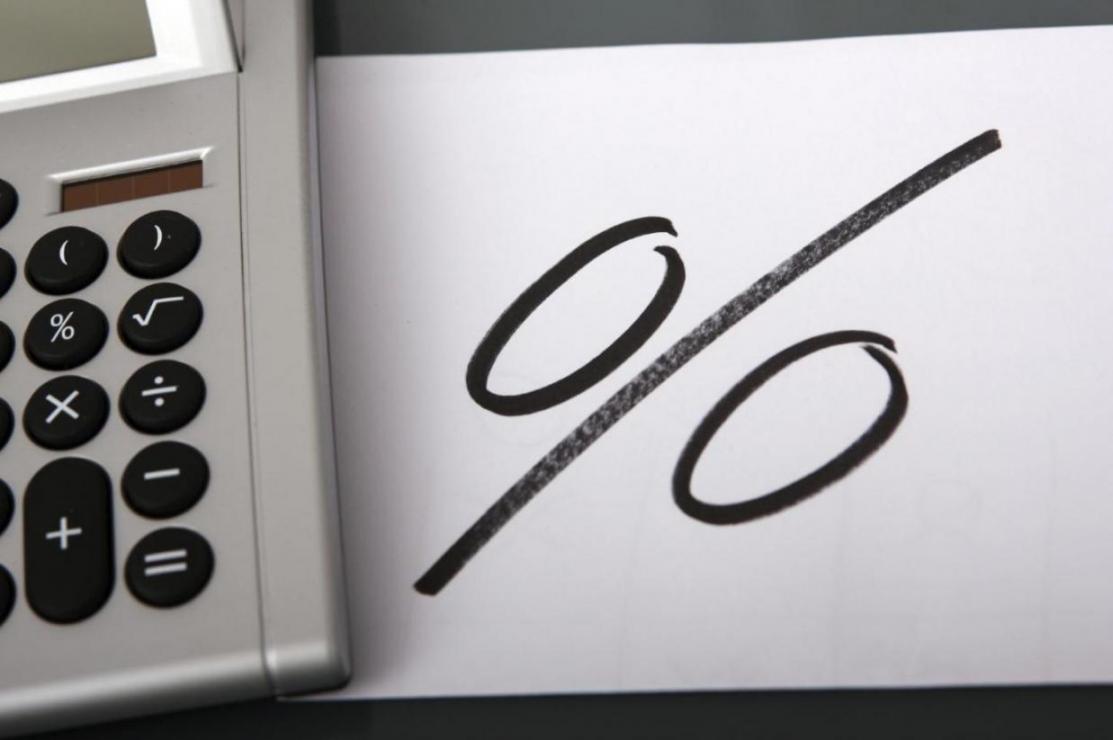Efforts are underway through export finance campaign to reduce interest rate on export-targeted banking facilities by 5 percent, Taher Shah Hamed, managing director of Export Guarantee Fund of Iran (EGFI) told Mehr news agency.
“The fact is that non-oil exports and in general foreign trade have been surrounded by certain obstacles and barriers, most importantly domestic limitations and international sanctions," Shah Hamed said adding that domestic barriers tend to be more detrimental to overseas trade.
In order to ease the major challenge of export finance, EGFI has launched a campaign in order to mobilize all private banks. In this respect, it has proposed private banks to reduce their interest rates on export-targeted facilities by 3 percent while it provides 2 percent subsidy so that totally 5 percent decrease is realized for export banking facilities, according to Shah Hamed.
“If domestic limitations on export are eased and international sanctions removed, non-oil export can triple last year’s figure of $31.5 billion in a 3-year period”, Shah Hamed predicted while hoping for the proposed interest rates to take effect by National Day of Export.
On the potential destination for Iranian exports, Shah Hamed regretted that there were 54 African countries that had never served as export destination for Iranian products and considered the current $1-billion worth of exports to African countries as insignificant in today’s world of trade. “Lack of export strategy for Africa, Latin America and Southeast Asia” is the main reason for the limited non-oil exports, according to Shah Hamed.
Only 7 Percent of Exports Financed by Banks
Last year, the banks only financed $2.5 billion dollar of non-oil exports out of $31.5 billion, Shah Hamed said. The figure indicates that banks contributed to only 7 percent of non-oil export finance last year while the global average is 60 to 70 percent. In the meantime, the allocated finance was granted on high interest rates sometimes reaching 33 percent.
Unfortunately, Export Development Bank of Iran has been hard hit by international sanctions and cannot perform any better. Therefore, it is expected that other banks, particularly private ones, play their part in this regard, Shah Hamed added.
Interest Rates on Export Banking Facilities to Decrease
EGFI has signed or is preparing to sign mutual agreements with some private banks in order to encourage them to allocate part of their resources to exports. Although certain private banks have already started to finance exports through granting facilities, it is very important for them to adjust their interest rates, which are usually as high as 33 percent. High interest rates will undermine competitiveness of exporters in target markets, Shah Hamed asserted.
Other countries set annual preferential interest rates through their central bank. For instance, central bank of Turkey allocates $10 billion annually to Türk Eximbank which is a fully state-owned bank acting as the Turkish government’s major export incentive instrument in Turkey’s sustainable export strategy. Eximbank, in turn, grants facilities to other banks in order to help Turkish products enter global markets. Therefore, Shah Hamed considered it “essential” to reduce interest rates on export banking facilities.
In this respect, “EGFI has proposed private banks to reduce interest rates on export-targeted banking facilities in return for EGFI insurance letters, which would reduce their risks to zero as EGFI undertakes to cover for exporters unable to pay back their loans”, Shah Hamed explained.
In this respect, Shah Hamed announced that negotiations with two private banks have already led to concrete results and added that “the initiative which is to be conducted in the form of collaborate contracts, does not require Money and Credit Council’s approval as it has already allowed private banks to reduce at least 2 percent of their interest rates on rial facilities in return for EGFI insurance letter. EGFI is hopeful to persuade private banks to further reduce their rates, according to Shah Hamed.
2 Percent Share of Exports From Banking Facilities
With regards to the past decisions to allocate 8 to 10 percent of banking facilities to export, Shah Hamed said that: “The Central Bank of Iran (CBI) used to envisage export share in monetary policy packages, a trend that has stopped since the 11th administration took office. Now, it should be enquired of CBI to see why export share in banking facilities is not allocated anymore.”
No more statistics are prepared or officially published to determine the exact share of export from banking facilities but unofficial reports suggest that less than 2 percent has been directed towards exports, according to Shah Hamed.
EGFI Commission Rates Down by 70%
EGFI has once again reviewed and reduced commission for certain services up to 70 percent to further support the exporters although it has always maintained to have the lowest commission rates compared to other counterparts in the world. Nevertheless, EGFI is not concerned about consequent decline in income as the initiative will encourage all exporters including those who do not see any risk involved in export process to refer to the fund. In general, only those exporters who see high risks refer to EGFI for support. EGFI is the only state-owned export credit insurance company in Iran which supports Iranian exporters in exporting their products to global target markets by providing consultation, guarantee and insurance services and facilitating finance allocation to their export activities.


